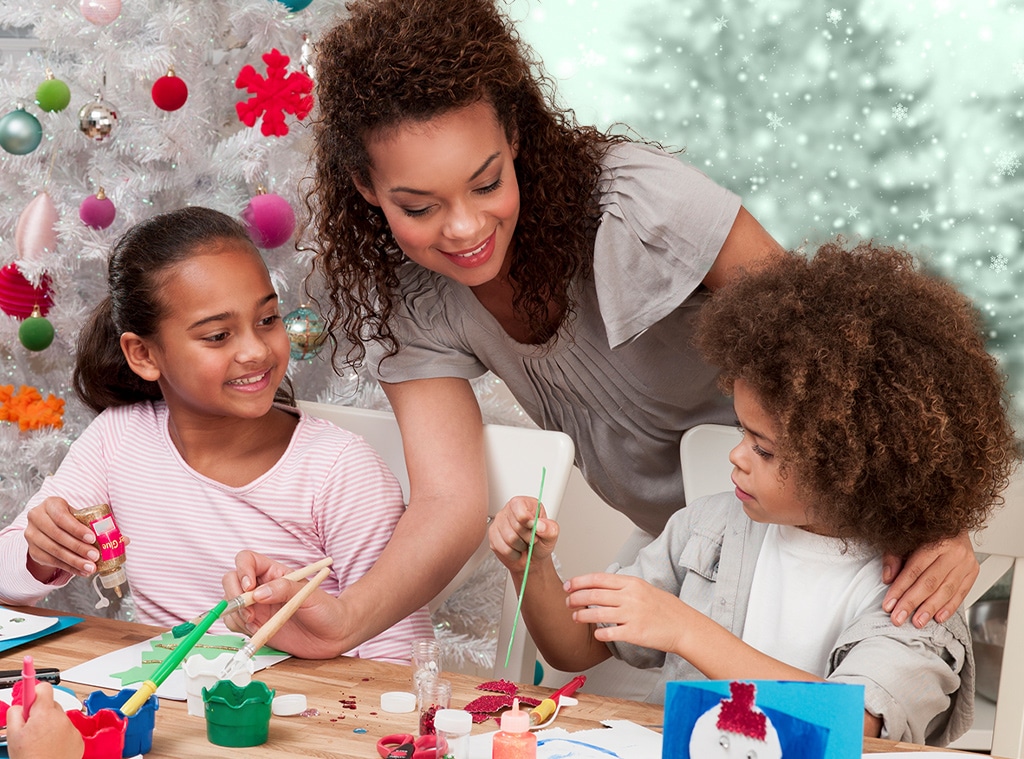
Discover a world of creativity and connection with these 8 must-try DIY family craft projects. From materials to display, this article provides a comprehensive guide to engaging and enjoyable crafts that the whole family can enjoy.
With step-by-step instructions, age appropriateness, and safety precautions, you'll have everything you need to create lasting memories.
Unleash your artistic talents, bond with your loved ones, and explore the benefits of crafting together.
Get ready to embark on a journey of imagination and self-expression.
Materials Needed
To successfully complete these DIY family craft projects, gather the necessary materials beforehand. Craft supplies are a vital part of any creative endeavor, and there are plenty of budget-friendly options available.
When it comes to crafting with your family, it's important to choose materials that are safe and easy to use. Look for non-toxic paints, markers, and adhesives, as well as sturdy papers, scissors, and brushes. Consider purchasing a variety of craft supplies, such as colored pencils, glitter glue, and decorative stickers, to add fun and flair to your projects.
Don't forget about basic materials like glue sticks, tape, and construction paper, which can be used for a wide range of crafts. By gathering these budget-friendly options, you can embark on your DIY family craft projects with confidence and creativity.
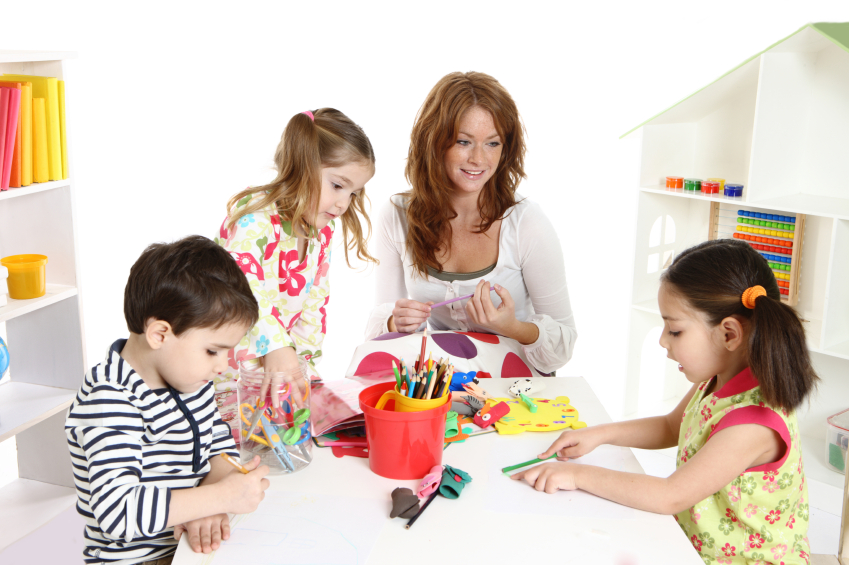
Project Duration
When embarking on a DIY family craft project, it is important to consider the time commitment required. From the initial planning stages to the actual execution, these projects can take hours, days, or even weeks to complete.
It is crucial to anticipate interruptions and schedule the project accordingly, while also prioritizing tasks to ensure a smooth and efficient workflow.
Time Commitment Required
The time commitment required for each DIY family craft project can vary depending on the complexity and size of the project. It is important to manage distractions and set realistic expectations when embarking on a craft project with your family.
Here are three sub-lists to evoke an emotional response in the audience:
- Short and Sweet: These projects can be completed in under an hour, perfect for those with limited time or attention spans.
- Weekend Warriors: These projects require a few hours or a full day to complete, allowing for a deeper immersion into the creative process.
- Epic Endeavors: These projects are more ambitious and may take several days or even weeks to finish. They offer a sense of accomplishment and the opportunity to work together as a family, creating memories that will last a lifetime.
Planning for Interruptions
A crucial aspect of planning for interruptions during DIY family craft projects is to allocate an appropriate amount of time for potential delays or unexpected events.
Dealing with distractions and maintaining focus can be challenging, especially when working with children who may have shorter attention spans. It is important to set realistic expectations and factor in breaks or time for other activities to keep everyone engaged and motivated.
By considering potential interruptions, such as phone calls, doorbell ringing, or even a messy accident, you can better estimate the project duration. Additionally, having a backup plan or alternative activity in case of major interruptions can help ensure that the project stays on track.
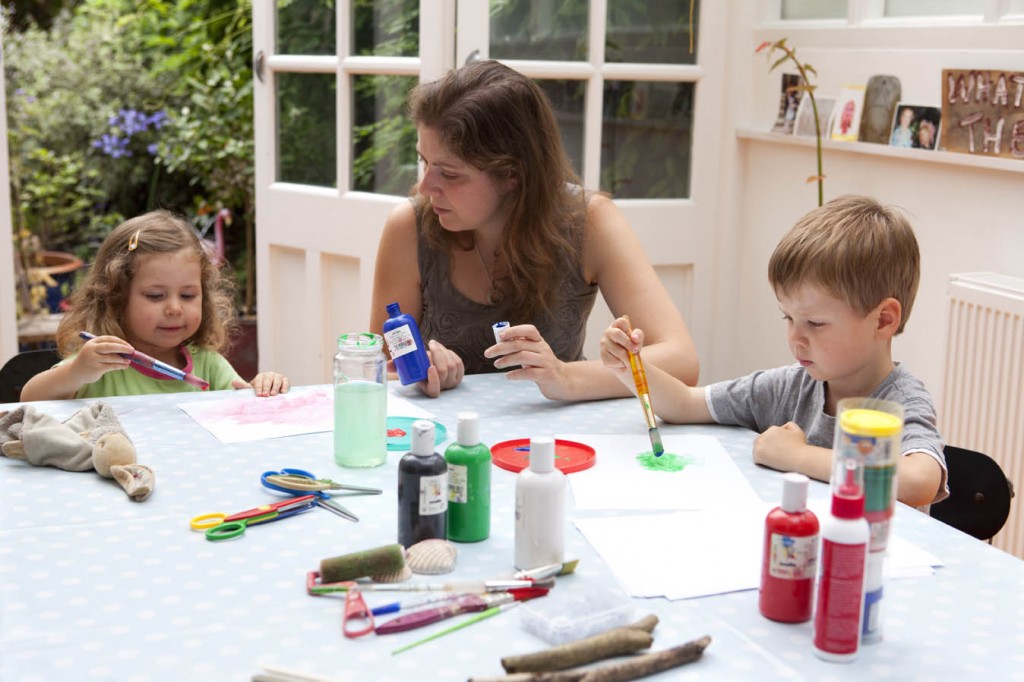
Scheduling and Prioritizing
To effectively manage the project duration, it is essential to prioritize and establish a well-structured schedule. Scheduling tips and time management strategies can help families make the most of their DIY craft projects. Here are three key strategies to consider:
- Set realistic goals: Break the project into smaller tasks and assign a timeframe for each. This will help you stay on track and prevent overwhelm.
- Create a flexible schedule: Allow for unexpected interruptions or changes in plans. Build in buffer time to accommodate delays or additional tasks that may arise.
- Prioritize family time: While it's important to stay on schedule, remember to prioritize spending quality time with your loved ones. Schedule regular breaks or designate specific days for crafting together, allowing everyone to have a sense of freedom and enjoyment.
Age Appropriateness
Age appropriateness can greatly influence the success and enjoyment of DIY family craft projects. When planning these projects, it is important to consider the age of each family member involved to ensure their safety and engagement. Younger children may require simpler and less complex projects, while older children and teenagers can handle more intricate and challenging crafts.
Safety rules should always be followed, regardless of age. It is crucial to provide appropriate tools and materials that are safe for each age group. For younger children, it is best to choose projects that involve non-toxic materials and do not require the use of sharp objects. Older children can be introduced to more advanced techniques and tools, under adult supervision.
Project ideas should also be age-appropriate. Younger children may enjoy simple painting or collage activities, while older children can explore sewing, woodworking, or even pottery. By tailoring the projects to the age and abilities of each family member, everyone can participate and contribute to the creative process, resulting in a rewarding and enjoyable experience for all.
Difficulty Level
When considering the age appropriateness of DIY family craft projects, it is important to also take into account the difficulty level of the activities. The difficulty level determines the project complexity and can greatly impact the enjoyment and success of the crafting experience.
Here are three sub-lists to help you gauge the difficulty level of different craft projects:
- Easy: These projects are simple and require minimal skills or experience. They are perfect for beginners or younger children who may need more guidance and assistance.
- Intermediate: These projects require a moderate level of skill and may involve more intricate steps or techniques. They are suitable for older children or adults who have some crafting experience.
- Advanced: These projects are more complex and may require advanced skills or specialized tools. They are best suited for experienced crafters who are looking for a challenge and are willing to invest more time and effort.
Step by Step Guide
As you embark on your DIY family craft project, it is crucial to have a clear and concise step-by-step guide that will lead you through the process with ease.
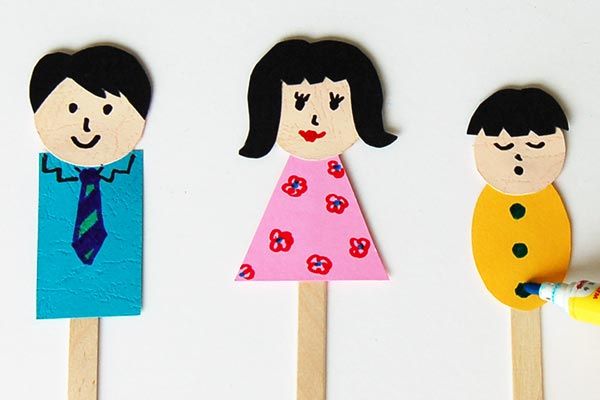
Planning strategies play a vital role in ensuring the success of your project. Start by brainstorming ideas and determining the materials needed.
Next, break down the project into smaller tasks and create a timeline to keep yourself organized. Consider creative alternatives and make adjustments as necessary.
When it comes to the actual crafting process, provide detailed instructions for each step, including any techniques or special tools required.
Take your time and involve the whole family, encouraging their input and creativity.
Safety Precautions
When engaging in DIY family craft projects, safety should always be a top priority. Following essential safety guidelines ensures that everyone involved stays safe and avoids potential hazards.
It is crucial to implement child-friendly safety measures to create a safe and enjoyable crafting experience for the whole family.
Essential Safety Guidelines
To ensure the well-being of all participants, it is imperative to adhere to essential safety guidelines and take necessary precautions when embarking on DIY family craft projects.
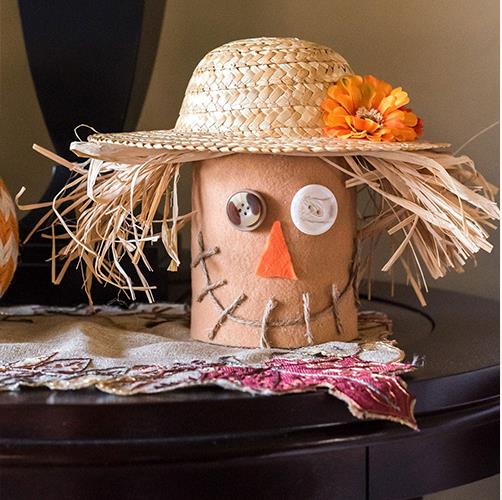
The following safety measures should be followed:
- Use safety equipment: It is crucial to wear appropriate safety gear, such as gloves and goggles, to protect against any potential hazards.
- Familiarize with emergency procedures: Make sure everyone involved is aware of the emergency procedures, including how to contact emergency services and where the first aid kit is located.
- Keep work area clean and organized: A tidy work area minimizes the risk of accidents and allows for easy access to tools and materials.
Potential Hazards to Avoid
To ensure a safe crafting experience, it is important to be aware of potential hazards and take appropriate safety precautions.
When engaging in DIY family craft projects, it is crucial to avoid accidents and childproof the workspace.
One potential hazard to consider is sharp objects such as scissors, needles, or craft knives. Make sure these items are stored securely and out of reach of young children.
Another hazard to be cautious of is toxic materials, such as certain paints, glues, or solvents. Always read the labels and use these substances in a well-ventilated area.
Additionally, be mindful of small craft supplies, such as beads or buttons, which can pose a choking risk for younger children.
Child-Friendly Safety Measures
One essential safety measure for child-friendly DIY family craft projects is ensuring a secure and childproof workspace. Creating a safe environment for children to unleash their creativity is crucial. Here are some child proofing techniques to consider:
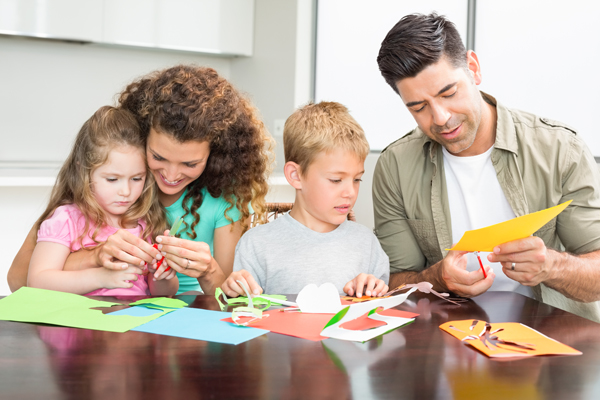
- Use childproof locks on cabinets and drawers to keep hazardous materials out of reach.
- Cover sharp edges and corners with cushioned protectors to prevent injuries.
- Secure heavy objects, such as shelves or furniture, to the wall to avoid accidents.
By implementing these safety precautions, parents can provide a worry-free space for their little ones to engage in creative and engaging activities. This allows children to explore their imagination freely, boosting their confidence and fostering their artistic skills.
With a secure workspace, families can enjoy the process of crafting together, creating lasting memories while ensuring the well-being of their children.
Project Benefits
Craft projects offer numerous benefits for families, fostering creativity, bonding, and the development of important skills. Engaging in creative activities together allows families to explore their imagination, experiment with new techniques, and think outside the box. It provides an opportunity for children and parents to collaborate, share ideas, and problem-solve as a team.
Craft projects also encourage the development of fine motor skills, hand-eye coordination, and spatial awareness. By working on projects together, families create lasting memories, strengthen their relationships, and build a sense of unity. These activities can also serve as a stress-reliever, allowing families to relax, unwind, and have fun.
Moreover, the projects can be displayed proudly, showcasing the family's creativity and achievements. So, gather your materials and get ready to embark on a creative journey with your loved ones.
Cleanup Tips
After completing your DIY family craft projects, it is important to take into consideration some effective cleanup tips to maintain a tidy and organized workspace. Here are a few suggestions to help make the cleanup process easier and more enjoyable:
- Use the right cleaning supplies: Having the appropriate cleaning supplies on hand, such as gentle cleansers, microfiber cloths, and non-toxic solvents, can make cleaning up after your craft projects a breeze. These supplies will ensure that your materials are properly cleaned without causing any damage or leaving behind residue.
- Utilize organizing methods: Implementing organizing methods can help you keep your workspace clutter-free and efficient. Consider using storage containers, drawer dividers, and labeling systems to keep your craft supplies neatly organized and easily accessible. This will not only make cleanup easier but also save you time when starting your next project.
- Involve the whole family: Get everyone involved in the cleanup process. Assign specific tasks to each family member, making it a team effort. This not only speeds up the process but also instills a sense of responsibility and teaches valuable life skills to your children.
Frequently Asked Questions
Can These DIY Family Craft Projects Be Done With Recycled Materials?
Yes, these DIY family craft projects can certainly be done with recycled materials. By using creative ideas for repurposing materials, you can create unique and eco-friendly crafts that will engage and inspire the whole family.
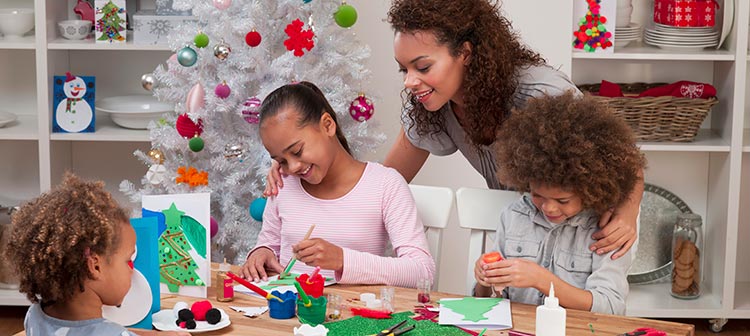
When embarking on these DIY family craft projects, it is important to have the right tools and equipment on hand. From basic supplies like scissors and glue to more specialized tools, having the proper equipment makes the crafting process easier and more enjoyable. Additionally, finding the best places to source materials, whether it be a craft store, online retailer, or recycling center, can ensure that you have a wide variety of materials to choose from for your projects.
Can These Projects Be Completed in One Session or Do They Require Multiple Sessions?
The pros of completing DIY family craft projects in one session include a sense of accomplishment and immediate gratification. However, breaking up projects into multiple sessions allows for more flexibility and avoids potential burnout. Here are some tips for managing project timelines effectively.
Are There Any Specific Age Restrictions for These Craft Projects?
Age restrictions for DIY family craft projects vary depending on the complexity and materials used. Some projects may be suitable for younger children with adult supervision, while others may be more appropriate for older kids and teens. It's important to choose projects that are safe and age-appropriate. Additionally, DIY family craft projects with recycled materials can be a great way to teach kids about sustainability and creative reuse.
Can These Projects Be Modified or Customized to Fit Different Skill Levels or Abilities?
Yes, these craft projects can be modified and customized to fit different skill levels and abilities. By adjusting the complexity of the project or providing alternative methods, individuals of varying abilities can participate and enjoy the creative process.